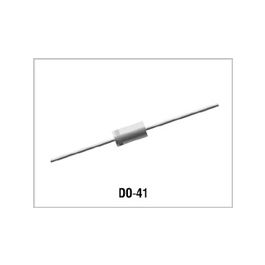BuddytheReow
Moderator
Hey guys.
just finished populating the board on a muffler noise gate. I have it alligator clipped to check. Signal comes through just fine. How do I check if the “effect” actually works? Rub my hand up and down the strings and turn the pot simultaneously?
just finished populating the board on a muffler noise gate. I have it alligator clipped to check. Signal comes through just fine. How do I check if the “effect” actually works? Rub my hand up and down the strings and turn the pot simultaneously?





